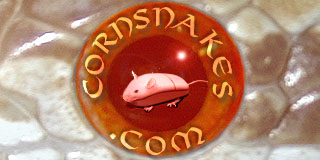Reptiles=3
Addicted Member
Hi all,
I have a question and its not about my corns but you guys are some of the only people i trust . what are some of the sighns of dehydration and how can you treat it im not sure if one of my Ball Pythons is dehydrated or not but im pretty worried i will also use this info. for the well being of my corns so please respond!!
Thank you in advance for all replys!!
I have a question and its not about my corns but you guys are some of the only people i trust . what are some of the sighns of dehydration and how can you treat it im not sure if one of my Ball Pythons is dehydrated or not but im pretty worried i will also use this info. for the well being of my corns so please respond!!
Thank you in advance for all replys!!
